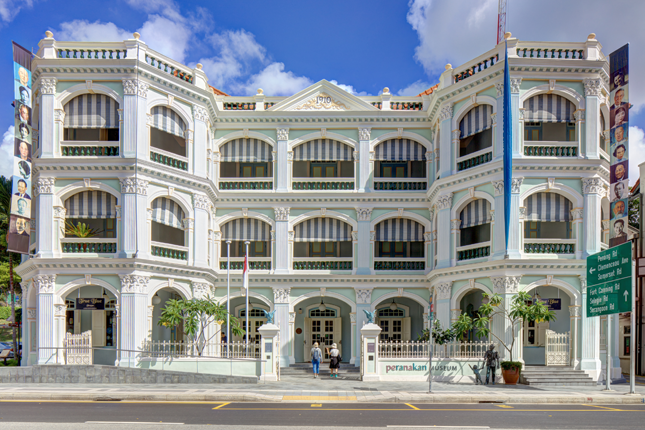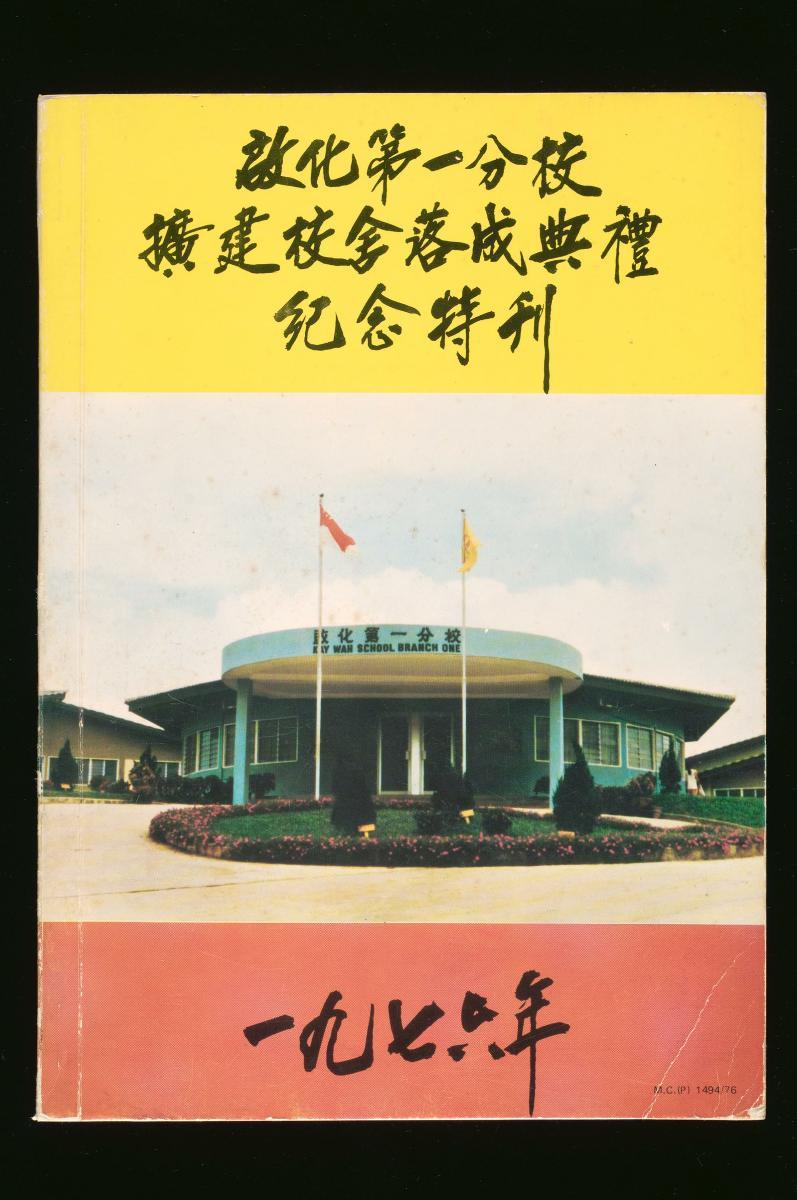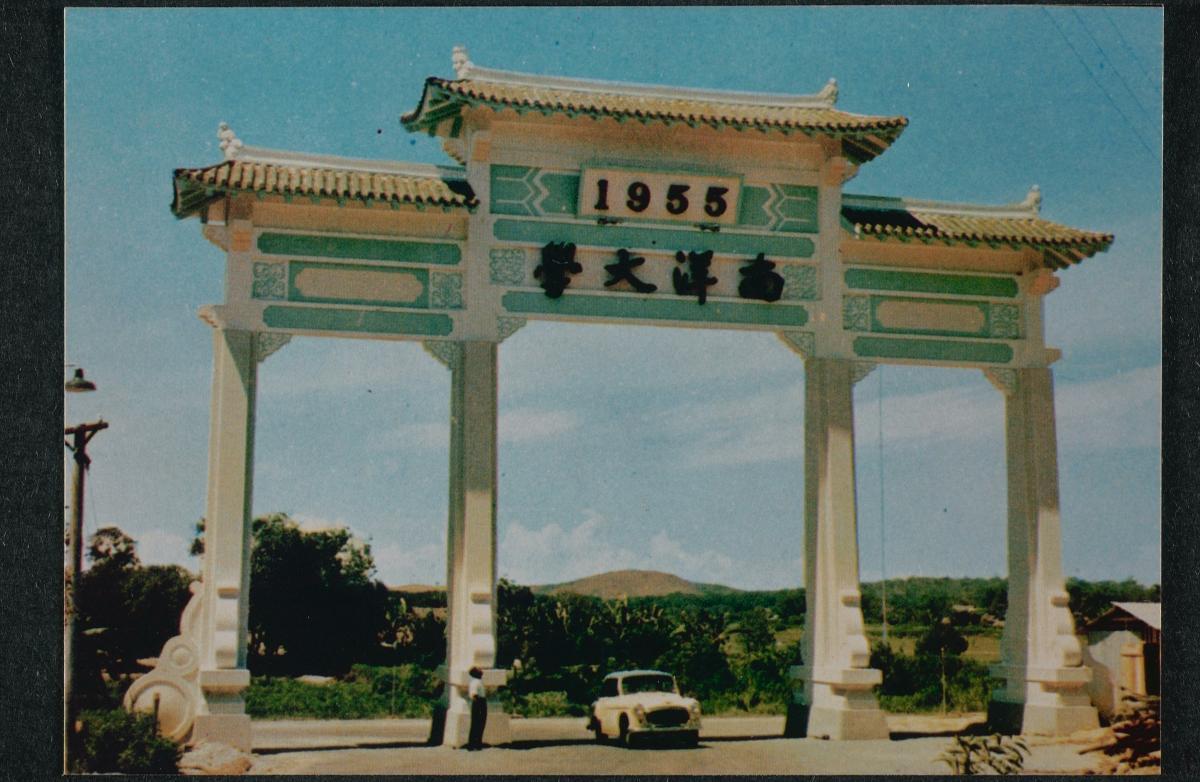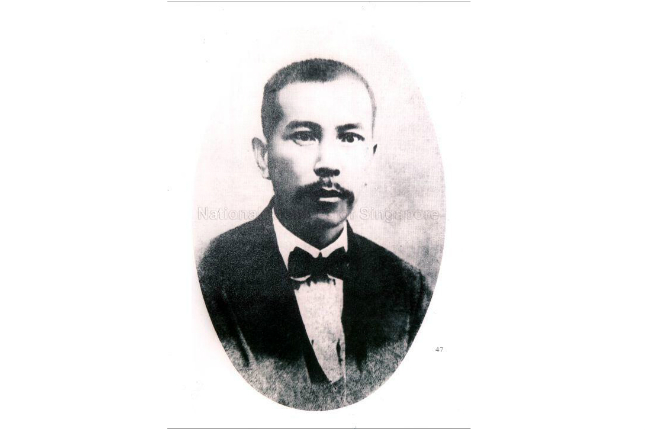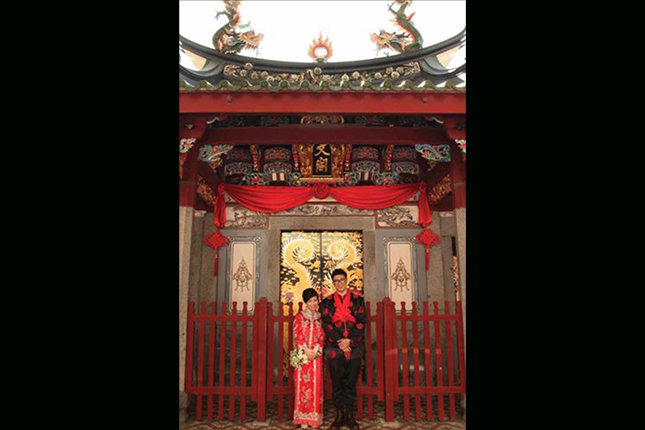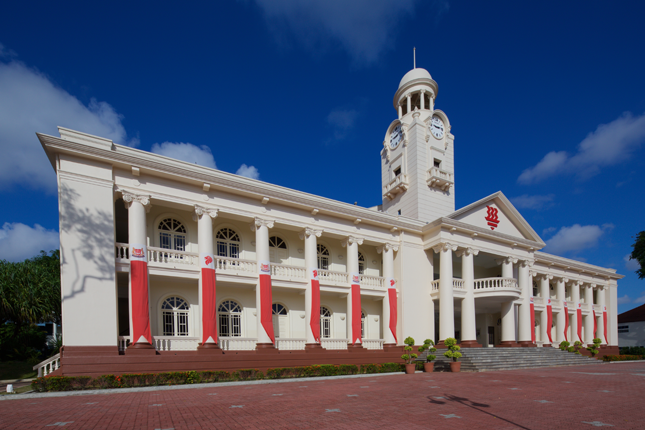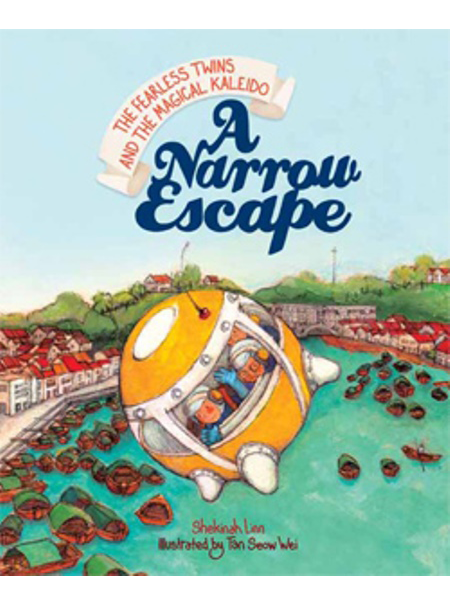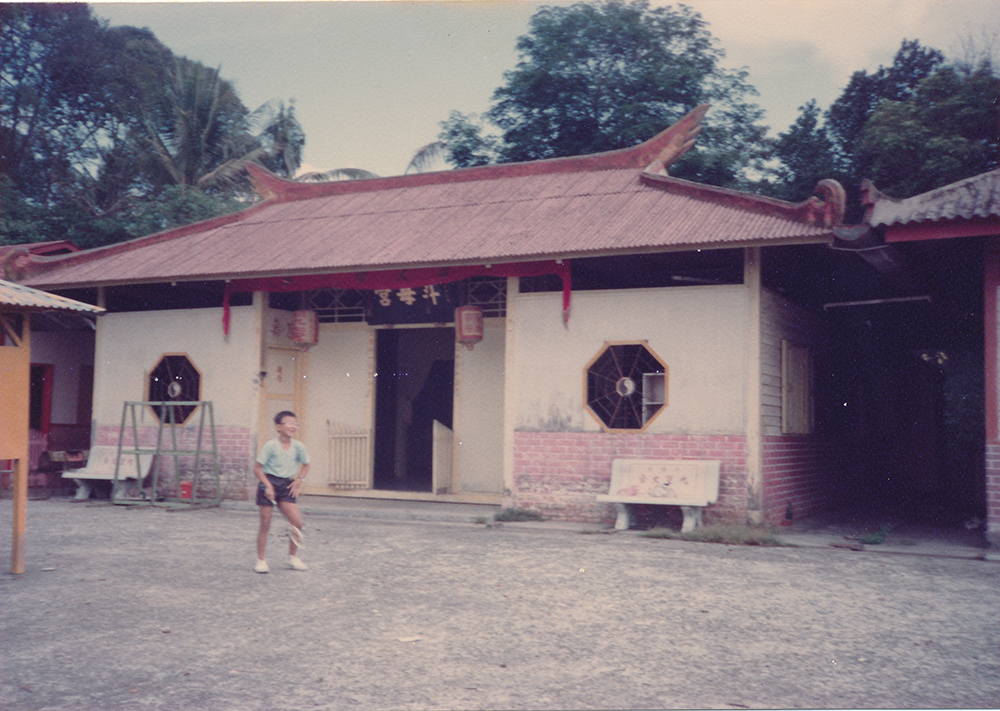A stone’s throw from the Armenian Church is a century-old building that used to house Tao Nan School (道南学校), the first modern Chinese school in Singapore and one of the earliest of its kind in the Straits Settlements. The beautiful three-storey building is a testimony to the local Chinese community’s commitment to education and the modernisation of Chinese education in twentieth-century Singapore.
Chinese Education in Singapore
Before the founding of Tao Nan School, several Chinese schools in Singapore had been established by merchants and clan associations to provide education for Chinese children. Their curriculum was based on the traditional syllabus of Confucian classics, calligraphy, and abacus. Lessons were conducted in the languages or dialects respective to the associations managing the schools.
Modern Chinese School
On 18 November 1906, Tao Nan School was formed as a primary school by a group of Hokkien merchants. Tan Boo Liat (陈武烈), the great-grandson of the well-known philanthropist Tan Tock Seng (陈笃生) and the leader of the Hokkien community, first mooted the idea for a modern Hokkien school. It was the first Chinese school in the Straits Settlements to adopt a modern education system. In addition to the traditional Chinese curriculum, the school also instructed its students in new subjects such as geography and history. This new system echoed the modernisation of Chinese education during the Hundred Days’ Reform (百日維新) in Qing China following its defeat in the First Sino-Japanese War (1894–1895).
Among those who donated to the cause of setting up Tao Nan School were prominent Chinese merchants, including Lee Cheng Yan (李清渊), a successful Straits Chinese businessman from Malacca who later became a Justice of the Peace; Low Kim Pong (刘金榜), who built Lian Shan Shuang Lin Monastery; Tan Kah Kee (陈嘉庚), who founded The Chinese High School; and the sugar baron Oei Tiong Ham (黄仲涵), who later donated generously to the construction of Raffles College.
Chen Baochen (陈宝琛), a tutor of the last Qing emperor, was credited for naming the school Daonan Xuetang (道南学堂, or Tao Nan School). The name Daonan was derived from the phrase wu dao qi nan (吾道其南), which can be loosely translated as ‘My code of behaviour is promulgated in Southeast Asia’. The first Tao Nan School was situated opposite Saint Andrew’s Cathedral in Siam House, the residence of Tan Kim Ching (陈金钟), the son of Tan Tock Seng.
In 1909, Tao Nan School began admitting students from other dialect groups and became the first Chinese school in Singapore to have such an inclusive admission policy. This reflected the desire of the school’s leaders at that time to promote cohesion within the local Chinese community. All classes in Tao Nan School then were taught in Hokkien, although it also offered Mandarin lessons. In 1916, the school replaced Hokkien with Mandarin as its medium of instruction, for Tan Kah Kee, the president of the school committee then, believed that the use of Mandarin would help to unify China and aid in its development.
New School Building
With an increasing enrolment, the rented Siam House was bursting at its seams. The school leaders decided that it was necessary for build a proper building for Tao Nan School. In 1910, Oei Tiong Ham gifted 10,000 Straits dollars for the purchase of the plot of land at Armenian Street. Tan Kah Kee launched a public donation drive to raise funds for the building project. At the end of the drive, over 40,000 Straits dollars was collected; Tan himself contributed 2,000 Straits dollars, one of the largest single donations. The school building was completed in 1912.
Architecture and Furnishings
Designed by the Municipal Engineer’s Office of Singapore, the Former Tao Nan School’s architecture is eclectic. Neoclassical elements are featured on the building’s façade, such as ornate Corinthian capitals atop the many fluted columns and pilasters. The building also exhibits various tropical adaptations, including the spacious verandahs and large windows that allowed the building to be naturally ventilated before it became air-conditioned.
The rooms inside are arranged around a central hall in a manner similar to bungalows in the Straits Settlements. In the past, the assembly hall was on the ground floor, while classrooms were located on all three levels. The canteen and kitchen were both situated behind the building.
The pair of black cast-iron eagles atop the twin entrance posts has been the school’s prominent icons for a very long time. Some hold that the eagles, each weighing approximately 200 kilogrammes, were installed to ward off evil. Others believe that they represent the excellence which Tao Nan School strives for, as the character ying (英) in the term jingying (精英) – which means ‘cream of the crop’ – is a homophone of ying (鹰), the eagle. When Tao Nan School moved to Marine Parade in 1982, the two eagle sculptures were brought to its new premises. In 1996, the sculptures were returned to the newly restored Former Tao Nan School and reinstated in their original locations on the gate posts.
Former Tao Nan School Today
In 1997, the building began its new life as the Asian Civilisations Museum (ACM) to house artefacts from various periods and aspects of Asian culture, particularly the Chinese civilisation. After ACM relocated to the newly restored Former Empress Place Building in 2006, the Former Tao Nan School was closed for refurbishment. It was reopened in 2008 as the Peranakan Museum, which focuses on the history and eclectic culture of the Straits Chinese.
Our National Monuments
Our National Monuments are an integral part of Singapore’s built heritage, which the National Heritage Board (NHB) preserves and promotes for posterity. They are monuments and sites that are accorded the highest level of protection in Singapore.




